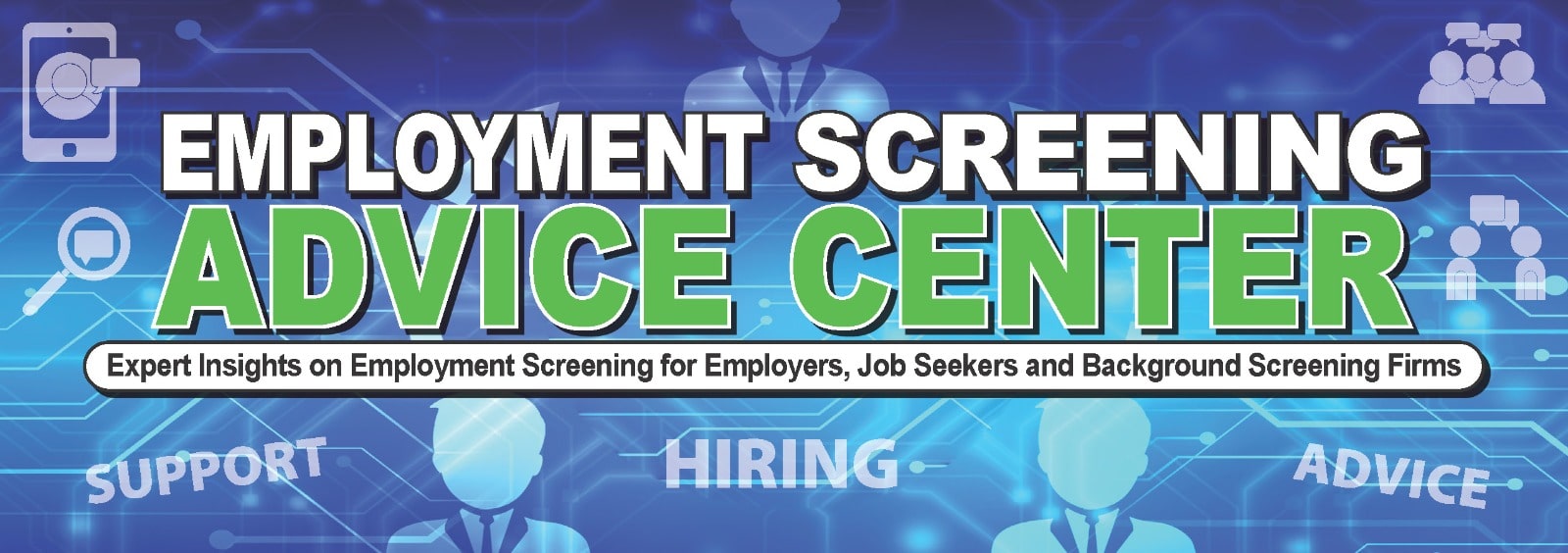
Dealing with an employee who appears to be under the influence of drugs or alcohol while on the job is a critical safety risk and an unfortunate situation that no manager wants to face. However, it’s a reality that all employers must be prepared for, and thousands of employees work impaired every day. If you find yourself in the position of needing to determine next steps in the moment, this post will help. Ideally, however, you should have a written process that you’ll follow in these situations.
Substance abuse and impairment in the workplace can lead to decreased productivity, huge safety risks including workplace accidents or injuries, lower morale, liability issues, and even product issues. If you suspect one of your employees is under the influence at work, it’s crucial to take steps to address it promptly and properly. Here is what to do:
- Remove the employee from safety-sensitive duties immediately.
If an employee is in a safety sensitive role and appears to be exhibiting signs of impairment, you must take immediate action. Failure to do so could give the employee further time to cause a safety incident, which can be incredibly costly and risk injuries. Remove them from operating any machinery, driving, or performing other safety-sensitive job duties that could put themselves, coworkers, or others at risk. Remove them to a private office or other space where they can await next steps. - Review your company policies and procedures.
Before taking any action, thoroughly review your employee handbook, substance abuse policies, and impairment response protocols. These should clearly outline the proper procedures for handling suspected impairment, drug/alcohol testing rules, chain of custody requirements, disciplinary actions, employee rights, union considerations, and more. Ensure you follow all required steps to the letter to avoid potential legal issues down the road.
If you don’t have an employee handbook or procedures to follow, it’s best to contact a third party drug testing administrator and your attorney. Since these situations can be volatile and often result in litigation, having an expert available can be very helpful. - Document concerning behaviors in detail.
Make very detailed notes about the specific behaviors, appearance, movements, speech patterns, and the like that lead you to reasonably suspect the employee may be under the influence of drugs or alcohol while at work. Concrete examples and observations will be important if the situation escalates and evidence is needed.
All supervisors should be trained on “reasonable suspicion” and you should make use of tools like a reasonable suspicion checklist or other formal memo to document your observations. Always have another staff member check your findings and observe the employee to corroborate your reasonable suspicion. - Speak to the employee confidentially.
As a next step, it’s typically best to have a confidential discussion about your concerns. Describe the exact behaviors you’ve witnessed that make you suspect possible impairment, but avoid making direct accusations. Give the employee a respectful chance to respond and explain the situation from their perspective. You should be simply following the steps that your company policy has determined, so this interview will likely not change what you do next. It is an opportunity to give the employee space to confess to using impairing substances, or otherwise explain themselves though. - Initiate impairment testing, drug testing and disciplinary protocols.
After consulting your policies, you’ll want to begin to work through the next steps after documenting reasonable suspicion. Once reasonable suspicion has been established, most companies require some type of drug and/or alcohol testing if impairment is suspected on the job.
Impairment Detection Technologies, like Gaize, can help determine if an employee is actually impaired in an objective, scientific way, while a traditional chemical drug test cannot. Drug tests are only able to determine whether someone has used drugs within a few days to a few weeks in most cases. Adding impairment detection technology to your drug testing protocols can dramatically strengthen your substance abuse prevention program and make it more fair to employees.
Whatever the next steps are for the drug or impairment testing, clearly explain the testing process and ensure all employee rights are protected. Temporary suspension of employment pending testing results may also be required. Disciplinary action such as termination could follow according to your written policies, depending on the circumstances.
- Optionally refer to an Employee Assistance Program.
In the case of positive impairment and/or drug tests, you will likely want to refer the employee to your Employee Assistance Program (EAP), if you have one. The substance abuse resources in these programs provide the employee with professional help for their substance use issues. You may require the employee to complete an assessment and follow recommendations before being cleared to return to work. Make it clear that getting help and addressing the issue is the ultimate goal of these programs. - Maintain confidentiality and professionalism.
Limit all discussions and details about the situation to only those personnel absolutely required based on your protocols and roles. Avoid hostility, judgement, or moralizing with the employee. Approach it as a personal issue requiring professional assistance, not a moral failure. Employers have a responsibility to maintain confidentiality in these situations, so be careful about divulging any information to the rest of the employees. - Thoroughly document every action taken.
Write down a detailed record of all actions taken, reasons for your decisions, evidence collected, conversations had, and responses from the employee. This documentation may serve to protect your company legally if any questions or disputes arise later.
Impairment detection technology is particularly useful in providing an objective evidence of impairment. Humans have been shown to be deeply fallible in this, even with adequate training. The additional evidence of active impairment provided by this technology can be a substantial shield against accusations of retaliation for using legal cannabis as an example. - Follow up and evaluate prevention efforts.
After resolving the incident, take time to analyze if any additional measures may be needed – such as updated supervisor training, policy changes, impairment and drug testing practice revisions, proactive use of impairment detection technologies, employee education programs, etc. If the employee returns to work, monitor the employee’s performance and conduct going forward to quickly identify any potential relapses or recurring issues. Also keep a close eye on the rest of the employees as it’s not typically an isolated incident.
Handling an employee who’s suspected of being high at work requires thorough diligence, impartiality and care – but maintaining a safe, productive workplace environment depends on it. Following defined procedures, prioritizing safety, offering assistance resources, considering drug and impairment detection methods, and consistently enforcing policies can help resolve impairment issues and protect your company’s employees, assets and reputation.
If you need help crafting a workplace drug policy, or if you’d like to learn more about how Impairment Detection Technology can be a help in these situations, please contact us.
https://www.gaize.ai/blog/what-to-do-if-you-suspect-an-employee-is-high-at-work


